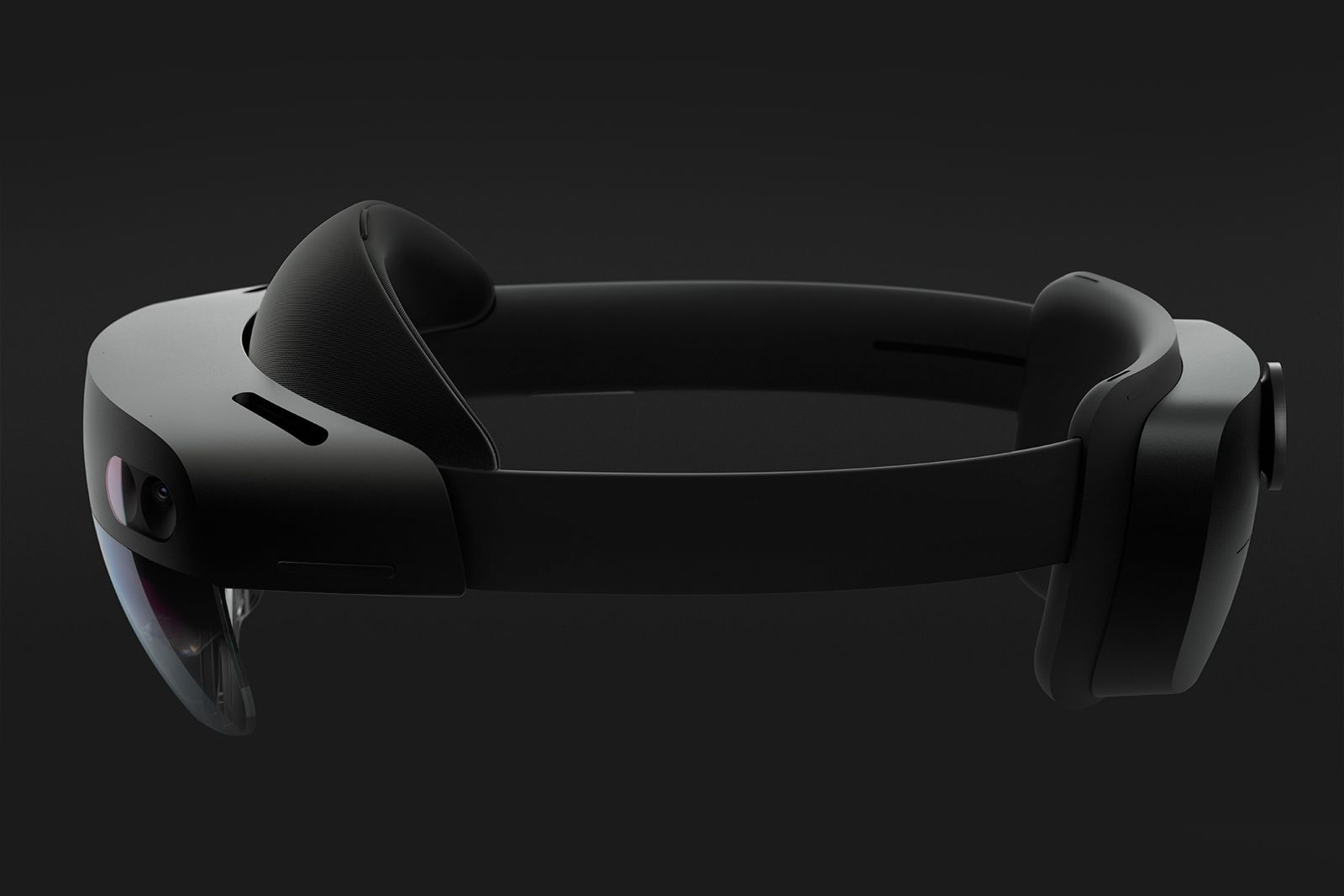The second-generation HoloLens, is here, known as HoloLens 2, funnily enough.
The first HoloLens headset ushered in the concept of mixed reality, a form of augmented reality that mixes the real world with virtual objects. It’s a pair of smart glasses rather than a full-blown headset, but it was still a chunky device.
Based around the technology originating in the now-discontinued Kinect for Xbox device, HoloLens first went on sale in 2016 to developers for $3,000/£2,719, but there has never been an out-and-out consumer edition.
And that's not about to change with the second-generation headset, even if others like Oculus and HTC Vive are releasing more consumer-focused VR headsets.
Some other vendors have also tried producing their own Windows Mixed Reality headsets, but haven’t had much commercial success.
Release date and price
- Launch event held at Mobile World Congress
- Release date in the coming months?
Microsoft brought HoloLens 2 to Mobile World Congress to announce the second-gen headset on 24 February 2019.
The location of this launch was pretty surprising – Microsoft used to have a reasonably big presence at the show, either in a hotel opposite the conference centre where we’ve been to several press conferences or a stand at the show.
Its presence tailed off after it messed up Windows Phone - the last time it attended was in 2016 where it had a relatively modest stand.
"When you change the way you see the world, you change the world you see," said Microsoft CEO Satya Nadella on stage during its launch.
Hololens 2 is available for pre-order now at a price of $3,500 (£2,680). Bundles including Dynamic's 365 Remote Assist start at $125/month.
HoloLens 2 will be available in the United States, Japan, China, Germany, Canada, United Kingdom, Ireland, France, Australia and New Zealand initially but it will come to other territories after.
Design and features
- Surely a thinner and lighter design
- Still with transparent lenses for seeing the world around you
The headset has a wider viewable area in comparison to the first generation model, as well as a more comfortable fit. Therefore it should be comfortable enough to wear it for longer. It also fits over glasses and has a dial for size adjustment.
It retains the clear glasses element as that’s fundamental to the way HoloLens works. You can now sign in with Microsoft Hello (superb) and there's also improved eye and hand-tracking.
The headset is passively cooled and gives you around two to three hours of use per charge.
Hololens 2 use cases
- Epic Games will support HoloLens
- Plenty of augmented reality demos
Microsoft showcased how people will be able to interact seamlessly with a the mixed reality environment, demonstratin virtual buttons, playing a pian and watching a hummingbird fly towards you.
Fortnite developer Epic Games also confirmed that it will be supporting the HoloLens platform. It wouldn't be drawn on whether it was about to announce a game or an AR strategy, but did confirm that it would support HoloLens 2.
To create a new level of detail, Microsoft has updated the display technology inside HoloLens 2. What was essentially 720p for each eye in the first-gen has been upgraded to 2K in the second. This is while still expanding the size of the imagery you are looking at.
On the comfort side of things, the device is now lighter, as easy to put on as a baseball cap, and is made with carbon fibre.
Specs
- Qualcomm Snapdragon 850
- Azure Kinect sensor
Like its predecessor and Oculus Quest, HoloLens 2 is an all-in-one unit and won’t need to be tethered to a PC. It also uses the new Azure Kinect sensor.
While the original was Intel-based, the new headset is Qualcomm-based, running on Snapdragon 850 and the displays are 2K units at a 3:2 aspect ratio.
The camera offers 8 megapixel stills, with 1080p video at 30fps. There's a five-channel microphone array and sensors include an accelerometer, gyroscope and magnetometer. Connectivity is via Bluetooth 5.0, 802.11ac Wi-Fi and USB-C for charging.
We know that Microsoft is working towards a single operating system for all devices from phones to Xbox to servers – specialist functionality will be added with a modular approach.
This is known as Windows Core OS and HoloLens 2 could be the first step on that road. Whether that operating system could eventually be known as Windows 11 or similar is anyone’s guess.


